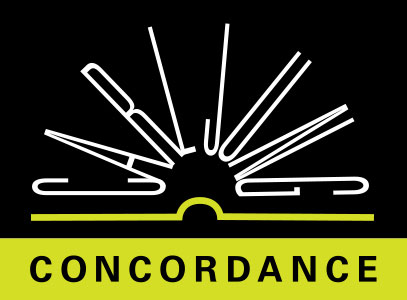The somewhat unusual allegory of Christ as the sword hanging on a tree is almost certainly an analogy of the serpent hanging on the cross:
In St. Ambrose the “serpent hung on the wood” is a “typus Christi,” as is the “brazen serpent on the cross” in Albertus Magnus. Christ as Logos is synonymous with the Naas, the serpent of the Nous among the Ophites. The Agathodaimon (good spirit) had the form of a snake, and in Philo the snake was considered the “most spiritual” animal. On the other hand, its cold blood and inferior brain-organization do not suggest any noticeable degree of conscious development, while its unrelatedness to man makes it an alien creature that arouses his fear and yet fascinates him
CW13 ¶ 448THE SNAKE AS A SYMBOL FOR THE
TWO ASPECTS OF THE UNCONSCIOUS
Hence it [the snake] is an excellent symbol for the two aspects of the unconscious: its cold and ruthless instinctuality, and its Sophia quality or natural wisdom, which is embodied in the archetypes. The Logos-nature of Christ represented by the chthonic serpent is the maternal wisdom of the divine mother, which is prefigured by Sapientia in the Old Testament. The snake-symbol thus characterizes Christ as a personification of the unconscious in all its aspects, and as such he is hung on the tree in sacrifice (“wounded by the spear” like Odin)
CW13 ¶ 448SNAKE SACRIFICE AS AN
OVERCOMING OF UNCONSCIOUSNESS
Psychologically, this snake sacrifice must be understood as an overcoming of unconsciousness and, at the same time, of the attitude of the son who unconsciously hangs on his mother. The alchemists used the same symbol to represent the transformation of Mercurius, who is quite definitely a personification of the unconscious, as I have shown. I have come across this motif several times in dreams, once as a crucified snake (with conscious reference to John 3 : 14), then as a black spider hung on a pole which changed into a cross, and finally as the crucified body of a naked woman
CW13 ¶ 449